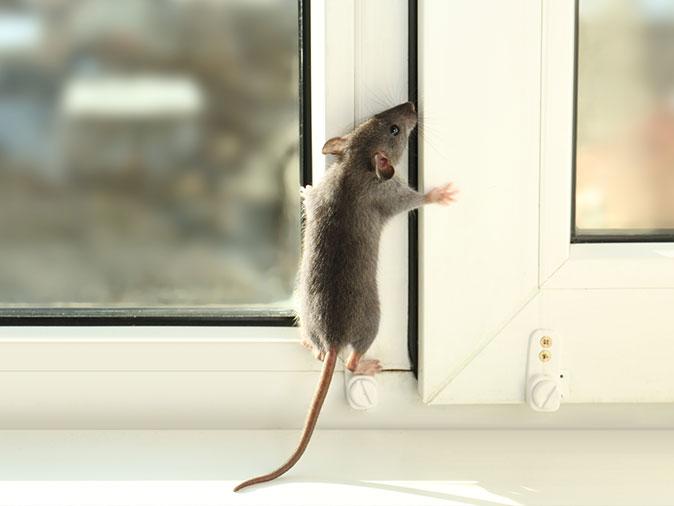Airbnb Host Pest Control Checklist: A Must-Have Guide
Share
As an Airbnb host, creating a welcoming and pest-free environment is crucial for ensuring a positive experience for your guests. The presence of pests can not only damage your property but also tarnish your reputation as a host. That's why having a comprehensive Airbnb host pest control checklist is essential.
In this guide, we'll explore the steps you need to take to maintain a pest-free rental, ensuring your guests have a comfortable and enjoyable stay. By following this checklist, you'll not only safeguard your property but also enhance your guests' satisfaction, potentially leading to glowing reviews and repeat bookings.

Why Pest Control is Crucial for Airbnb Hosts
Maintaining a pest-free environment is key to hosting success. Pests can cause serious damage to your property, leading to costly repairs and replacements. Additionally, guests who encounter pests during their stay are likely to leave negative reviews, damaging your reputation and potentially affecting future bookings.
Moreover, some pests, like bed bugs, can spread quickly and are notoriously difficult to eradicate once they've taken hold. Taking proactive measures to prevent and control pest infestations is therefore not just a matter of property maintenance but also a key aspect of running a successful Airbnb business.
Creating Your Airbnb Host Pest Control Checklist
To effectively manage pest control, it's important to create a thorough checklist that covers all aspects of your rental property. Here are some key elements to include:
Regular Inspections
Conduct regular inspections of your property to identify any signs of pest activity. Look for droppings, gnaw marks, or evidence of nesting. Pay special attention to areas that are prone to pest infestations, such as kitchens, bathrooms, and basements.
For tips on identifying early signs of pest activity, refer to this article on early signs of rodent activity.
Seal Entry Points
Inspect your property for potential entry points that pests could use to gain access. Seal any cracks or gaps in walls, floors, and foundations. Ensure that doors and windows are properly fitted and have screens in good condition to prevent pests from entering.
Maintain Cleanliness
Keeping your property clean is one of the most effective ways to deter pests. Ensure that all areas, especially the kitchen and dining areas, are kept clean and free of food debris. Regularly remove trash and store food items in sealed containers.
Use Preventative Measures
Implement preventative measures such as using traps and baits in strategic locations to catch pests before they become a problem. Consider using noise-free rodent traps for a discreet solution, as discussed in this article on noise-free rodent traps.
Additional Resources for Airbnb Hosts
For more insights and tips on preventing pests in your Airbnb, you might find the following resources helpful:
Conclusion
Maintaining a pest-free environment is an essential part of being a successful Airbnb host. By following the guidelines outlined in this Airbnb host pest control checklist, you can protect your property, enhance your guests' experience, and ultimately improve your rental's ratings.
For more tips on catching mice humanely, check out this article on catching mice humanely.

FAQ
What are the most common pests found in Airbnb rentals?
The most common pests include rodents, cockroaches, ants, and bed bugs. It's crucial to regularly inspect your property and take preventive measures to keep these pests at bay.
How often should I conduct pest control inspections?
Ideally, you should conduct pest control inspections every three months. However, if your property is in an area prone to certain pests, more frequent inspections may be necessary.
What should I do if my guests report a pest issue?
If guests report a pest issue, address it immediately by contacting a professional pest control service. Communicate openly with your guests and offer compensation if necessary to ensure their satisfaction.
